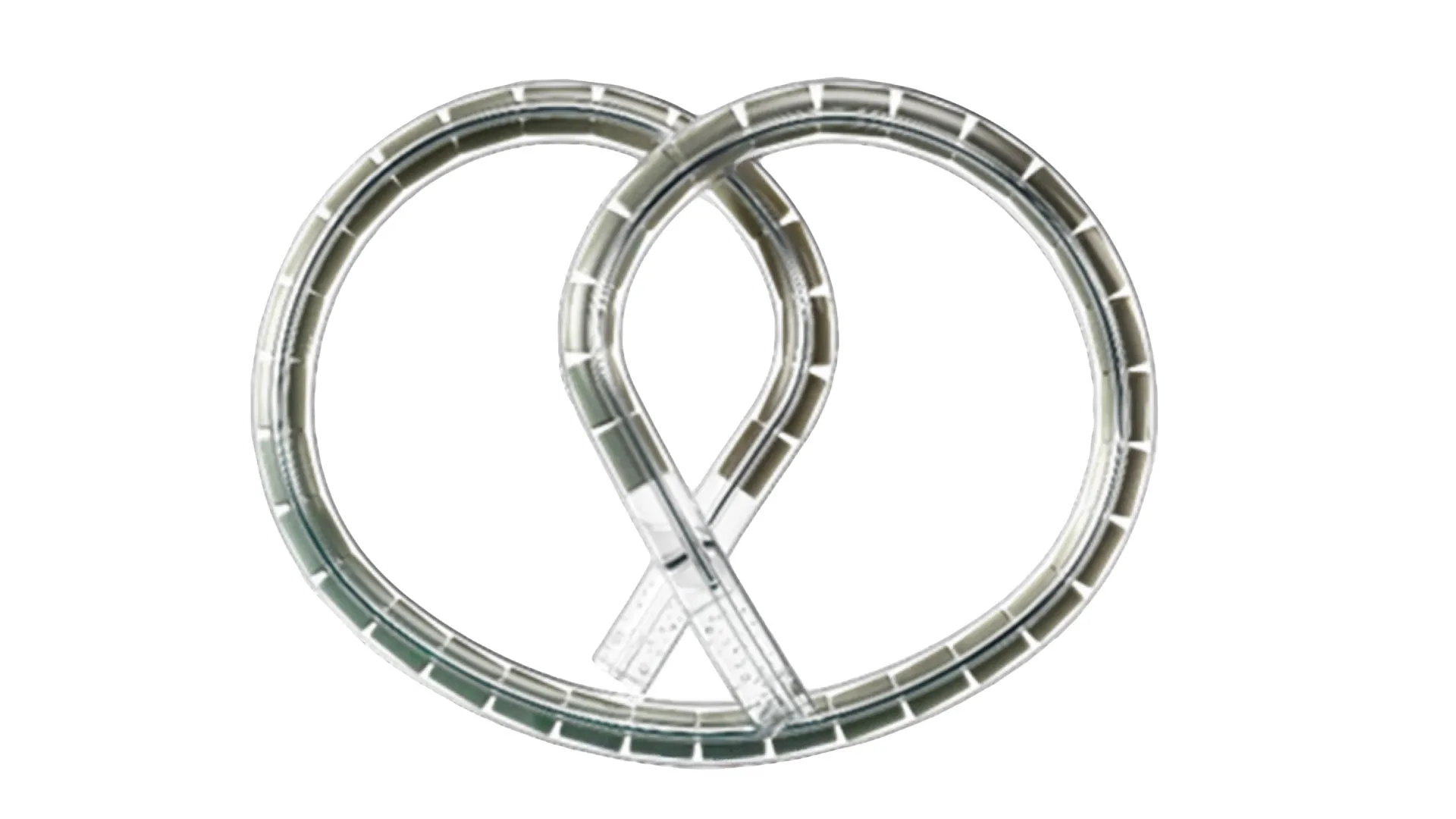Tiny implant wipes out bladder cancer in 82% of patients

A new targeted drug delivery system called TAR-200 has shown remarkable results in a phase 2 clinical trial, eliminating tumors in 82% of patients with high-risk non-muscle-invasive bladder cancer that had resisted prior treatment.
In most cases, the cancer disappeared within three months of therapy, and nearly half of the patients remained cancer-free one year later.
“Traditionally, these patients have had very limited treatment options. This new therapy is the most effective one reported to date for the most common form of bladder cancer,” said Sia Daneshmand, MD, director of urologic oncology at Keck Medicine of USC and lead author of the study, which was published in the Journal of Clinical Oncology. “The findings of the clinical trial are a breakthrough in how certain types of bladder cancer might be treated, leading to improved outcomes and saved lives.
How the TAR-200 System Works
The TAR-200 device is a small, pretzel-shaped implant that holds the chemotherapy drug gemcitabine. It is inserted into the bladder using a catheter, where it gradually releases the drug over the course of three weeks in each treatment cycle.
Traditionally, gemcitabine has been delivered as a liquid solution that remains in the bladder for only a few hours, which limited its effectiveness in killing cancer cells, said Daneshmand, who is also a member of the USC Norris Comprehensive Cancer Center.
“The theory behind this study was that the longer the medicine sits inside the bladder, the more deeply it would penetrate the bladder and the more cancer it would destroy,” he explained. “And it appears that having the chemotherapy released slowly over weeks rather than in just a few hours is a much more effective approach.”
Details of the Global Clinical Trial
The study, called SunRISe-1, took place at 144 sites around the world, including Keck Hospital of USC. It enrolled 85 patients diagnosed with high-risk non-muscle-invasive bladder cancer.
This form of cancer is the most common type of bladder cancer. It is classified as high risk when tumors are more likely to recur or spread into the bladder’s muscle layer or to other areas of the body.
Standard Treatments and the Need for New Options
Patients in the trial had previously been treated with Bacillus Calmette-Guérin (BCG), an immunotherapy drug that is the current standard of care. However, for a portion of patients, BCG is ineffective and the cancer returns.
“The standard treatment plan for these patients was surgery to remove the bladder and surrounding tissue and organs, which has many health risks and may negatively impact patients’ quality of life,” said Daneshmand.
Strong Results with Fewer Side Effects
To provide a safer alternative, doctors administered TAR-200 every three weeks for six months, followed by four treatments per year for the next two years. Out of 85 patients, 70 experienced complete tumor disappearance, and nearly half remained cancer-free after one year. The therapy was well tolerated, with minimal side effects reported.
Researchers also found that combining TAR-200 with another immunotherapy drug (cetrelimab) was less effective and caused more side effects than TAR-200 alone.
Participants in the study will continue to be monitored for another year, but enrollment is now closed.
The Promise of Slow-Release Cancer Therapies
This study is part of a growing wave of research exploring slow-release drug delivery systems for cancer treatment. These approaches aim to provide longer-lasting exposure to cancer-fighting drugs directly at the tumor site.
“We are at an exciting moment in history,” said Daneshmand, who has been investigating this technology since 2016. “Our mission is to deliver cancer-fighting medications into the bladder that will offer lasting remission from cancer, and it looks like we are well on our way toward that goal.”
The U.S. Food and Drug Administration has granted TAR-200 a New Drug Application Priority Review, which allows the agency to expedite its evaluation. The device is manufactured by Johnson & Johnson.
Disclosure: Daneshmand has received grants/research funding and travel reimbursement from Johnson & Johnson, as well as consulting payments from Johnson & Johnson Innovative Medicine (formerly Janssen Pharmaceuticals).
Source link

